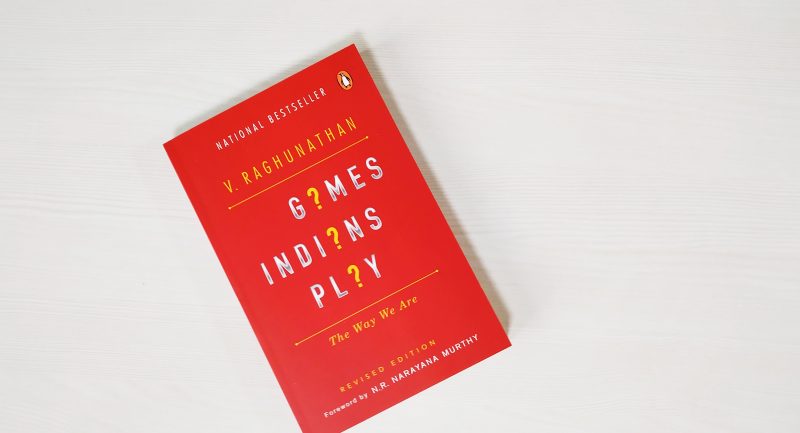
Superconsumers Beget Superconsumers
The true value of superconsumers lies in their contagious nature. Those you meet are likely to have a crowd of other current superconsumers and potential superconsumers with them. For additional superconsumers, look to their family and friends. Capture and share the superconsumers’ stories, and watch as their knowledge inspires and creates new superconsumers.
Superconsumers Travel in Packs, Creating Super Geos
As the epicenter of demand creation, super geos can be tapped into to drive superior growth in your business. But you must locate and leverage them. The words national average are some of the most misleading in business. Many leaders have an inherent, subconscious belief that demand is spread like peanut butter, evenly and thinly. But the very presence of super geos means that passion for your offering will be patchy, with one set of consumers wild about your product while another group is neither hot nor cold. If you believe that demand is like the flat Midwest, then you’ll be ill prepared to climb the hilly terrain it really is.
Superconsumers Are Superconsumers of Multiple Products
A superconsumer of one category is often a superconsumer of other categories. Cleverly combining two or more important, yet seemingly different categories not only taps into a quest, but can also create a new category—just as American Girl crashed dolls, education, and experiential retail into one category.
Generac, the leading manufacturer of standby generators, found that people who buy three to four times more life insurance and lots of vitamins tend to be great prospects for proactively buying a generator for an extreme event that may never happen. These consumers are superconsumers of proactive protection.
Sometimes the connection between categories is not as clear, as some categories counterbalance one another. For example, superconsumers of milk tend to be superconsumers not of other healthy foods and beverages, but of more indulgent ones like cereal, cookies, and candy. Milk was the perfect accompaniment to sweets—and was probably considered something like an old-school indulgence you could buy from the Catholic Church in advance of a sin you were planning to commit. Counterintuitively, Harvard Business Review reported that shoppers who recycle their grocery bags tended to indulge more in junk food as well.
What Pleasant Rowland created and Mattel helped foster is amazing. American Girl’s remarkable growth may also feel intimidating. But it is more feasible than you might think, especially considering how low the success rates are for innovation in your core business.
The key is to take stock of the state of your business now. Are you hitting your growth goals? How good is your ROI now? What are the odds that your business will still be successful for the next five to ten years?
Of all new consumer packaged goods, 85 percent or more fail. Why? Often, the problem is that they aim too low by trying to solve the same job with a slightly modified product. Companies would do far better aspiring to solve a quest, but falling short slightly and finding that they created a product that consumers wanted to hire for a wholly more important job than its originally intended one.
The most successful businesses today have multiple business models, not just one. How well does a unidimensional business model do against a multidimensional one? Poorly, much like a boxer who runs up against a mixed martial artist who can box, kick, and wrestle. It is an unfair fight. This is both the beauty and the imperative of leveraging superconsumers to create new categories.
Are you looking at transforming your business through an adept use of your consumers? Get Eddie Yoon’s Superconsumers here!
Credit: Abhishek Singh









